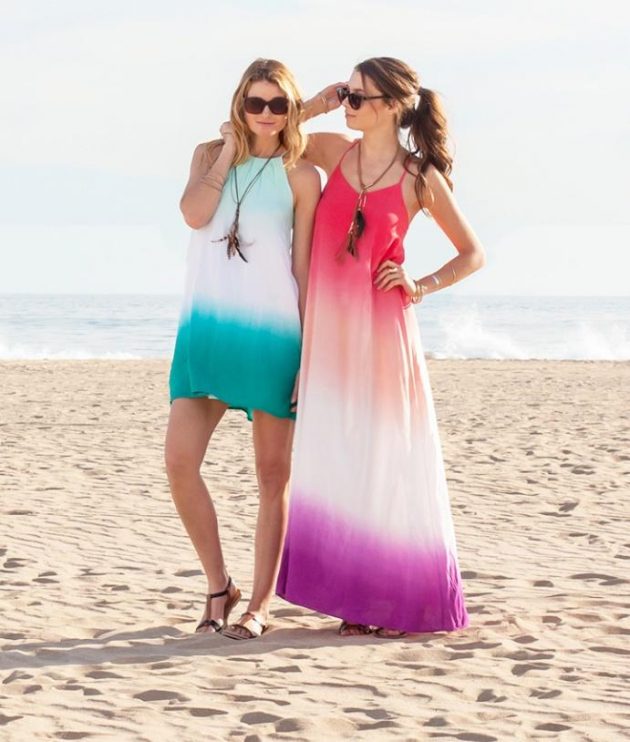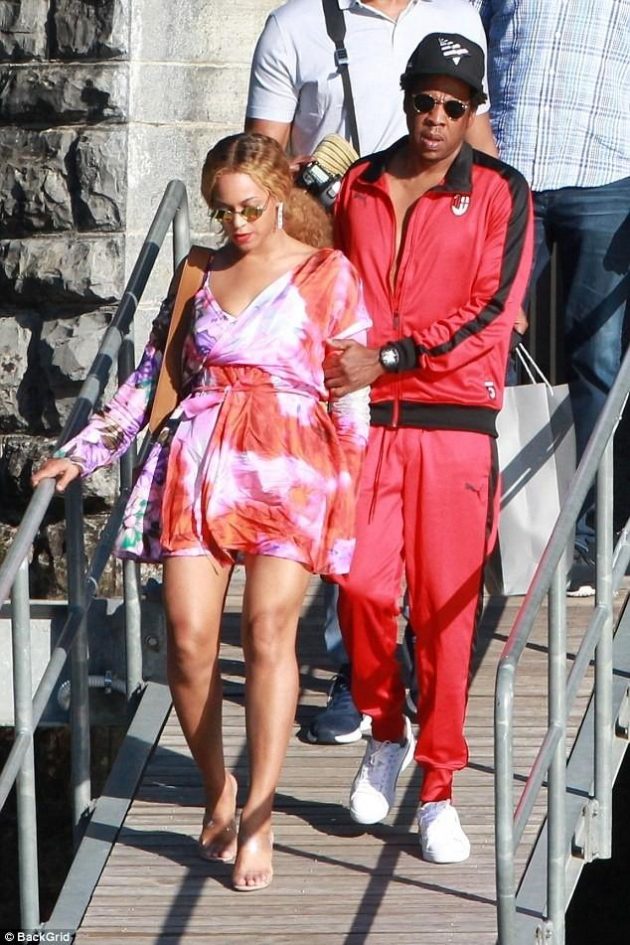
Today, we notice that the fashion of the 70s and 80s is back. Fashion designers are starting to produce collections of clothes that our parents wore. So we should probably revise our views on our parents’ clothes and also use those essay writing services that our parents used when they were looking for essay writer online.
Many fashion blogs and websites are full of cool essays saying “Tie Dye is coming back”. With the ongoing re-rise of ’90s fashion trends, chokers came first, then large hoop earrings, fanny packs and most recently track pants. Following all of the above peers fashion trends, there is nothing to be surprise with the news that, tie-die is back.
Initially recognized on ancient resist dyeing techniques comprises of securing certain parts of a cloth so the color doesn’t reach it, tie dye’s popularity originally peaked during the 1960s and 1970s when twirling shaded stains on garments becoming symbols of the radical lifestyles. From student protests to anti war movements, the era’s freedom leaders were drastically enveloped with the nontraditional pompous and inappropriate clothing. Think the Grateful Dead playing before a rainbow tie dyed backdrop, or Janis Joplin’s dynamically tie dyed articles of clothing. By the ’70s, tie dye traversed from being an image of radical liberal causes to an across the board design staple. The progressive legacy of the aesthetic declined during the ’90s, when neon tie dyed shirts were related with a considerably more restrained youth, specifically crafty suburban teenagers personified by Chelsea Clinton.
But tie dye didn’t die in 21st century. Jonah Hill has been wearing tie dye shirts relentlessly over the most recent couple of months, and Paris Jackson, Justin Bieber and Alessandra Ambrosio have been spotted wearing the pattern as well. In the event that you required progressively evidence that tie dye is returning, few days back Beyoncé wore a smaller than normal creatively colored dress on a yacht in Italy.

A speedy look into runway documents reveals little tie dye resurgences spread throughout the most recent decades: in 2009, Lela Rose breathed life into her collections with softly dyed yellow loose tank tops; also, in 2012, Roberto Cavalli’s fall collection included muted grey dyed pants. But the spring and fall 2018 collections aren’t simply sprinkled with tie dye pieces, they are packed with them. Regardless of whether you’d lean toward the pattern to remained buried deep down in your parents’ basement, along with the camp t-shirts and butterfly hair clips, fashion is based on restoration cycles and it appears we can’t escape it any more.
Chanel, for one, showed a hoisted way to deal with tie dye by hanging layers of dyed silk muslin texture into a maxi dresses, while MSGM held the grungy vibe of tie dye with its ripped sweatshirt outfit. Michael Kors received a lifted bohemian vibe by changing the blue tie dyed fabric into flowy dresses. Furthermore, the Italian house Attico demonstrated, with their rainbow hued dress, that tie-dye isn’t limited to larger ugly shirts.
Completely, tie-dyeing isn’t only a specialty for bored teenagers anymore. It has invaded high fashion runways and celebrity street style, and would now be able to be considered to some degree stylish… and sophisticated.
Origins and Evolution
The starting points and development of traditional tie dye techniques depend on the relatively universal observation that areas of any foundation material shielded from exposure to fluids, gases, heat, sun, or different substances, are left immaculate in their unique original color or state. As a result of this protection or “obstruction” to the stream of color, the potential for controlled mark making and designing was found and consequently explored and exploited. Regularly the most fundamental examples circles, dots, squares, and diamond shapes are repeated in differing sizes and scale.
It is believed that tie-dyeing developed in conjunction with indigo cultivation and has been widely practiced by people throughout the world for centuries to beautify their apparel, incorporating into India and Indonesia, Japan, Central Asia, West Africa, Europe, Mesoamerica, and South America, strikingly in pre-Columbian Peru. It was acquainted with Europe in the seventeenth century by cotton calico fabrics that were generally made by resist printing. Silk-printed squares from India utilized as neck fabrics or snuff hankies, the bandanna, with characteristic dot patterning, is derived from Hindu bandhnu (to bind or tie). This strategy is likewise called plangiamong Malay-Indonesian people and shibori in Japan. Most recently tie dye was restored amid the twentieth century as a noteworthy piece of the 1960s “hipster” stylish idea to catch psychedelic phenomenon.
Many countries and different cultures have done innovative work on tie dye designs and evolved many cultural patters which are unique to their countries. Historically, there is proof of antiquated Chinese silks from the ruins of Astana (418-683), one of various towns along the Silk Road, the extraordinary trade route that associated with East Asia with the centers of western civilization, that used tie dye strategies to make patterned textiles, and in addition in old Persia and the Middle East. Parts of provincial China keep on utilizing tie dye, as do areas of Japan. So also, India created plangi, in which small spots of creatively colored fabric make bigger patterns and motifs and rich, puckered textures. Rural areas of India still embellish their saris, veils, and turbans for both day by day and festive wear utilizing tie dye designing.
Tie dye is based on hand dyeing which often practiced and related to a domestic household industry. During the nineteenth and early twentieth century, when printing comes to large industrial scale, during tie dye visual results and quality often fell out of fashion. Due to this hard edged block, stencil, silk screen and roller based printings were highly preferred. But during 1960s with the revaluing of the individual craftsman as handson producer, the characteristically blurred visual qualities produced by dye penetrating fiber regained favor because of the visual spontaneity and rich, uneven effects.
The pervasive splash-colored T-shirt turned into the symbol of hippie generation. Since that revolutionary decade, many contemporary material textile artist craftsmen have investigated and developed a rich variety of tie dye strategies, bringing about a renaissance of these methods amid the late twentieth century. Premier among contemporary experts is American Ana Lisa Hedstrom of California, whose innovative exploration of arashi shibori dyed silk materials for wearable art garments, has turned out to be trendsetting.